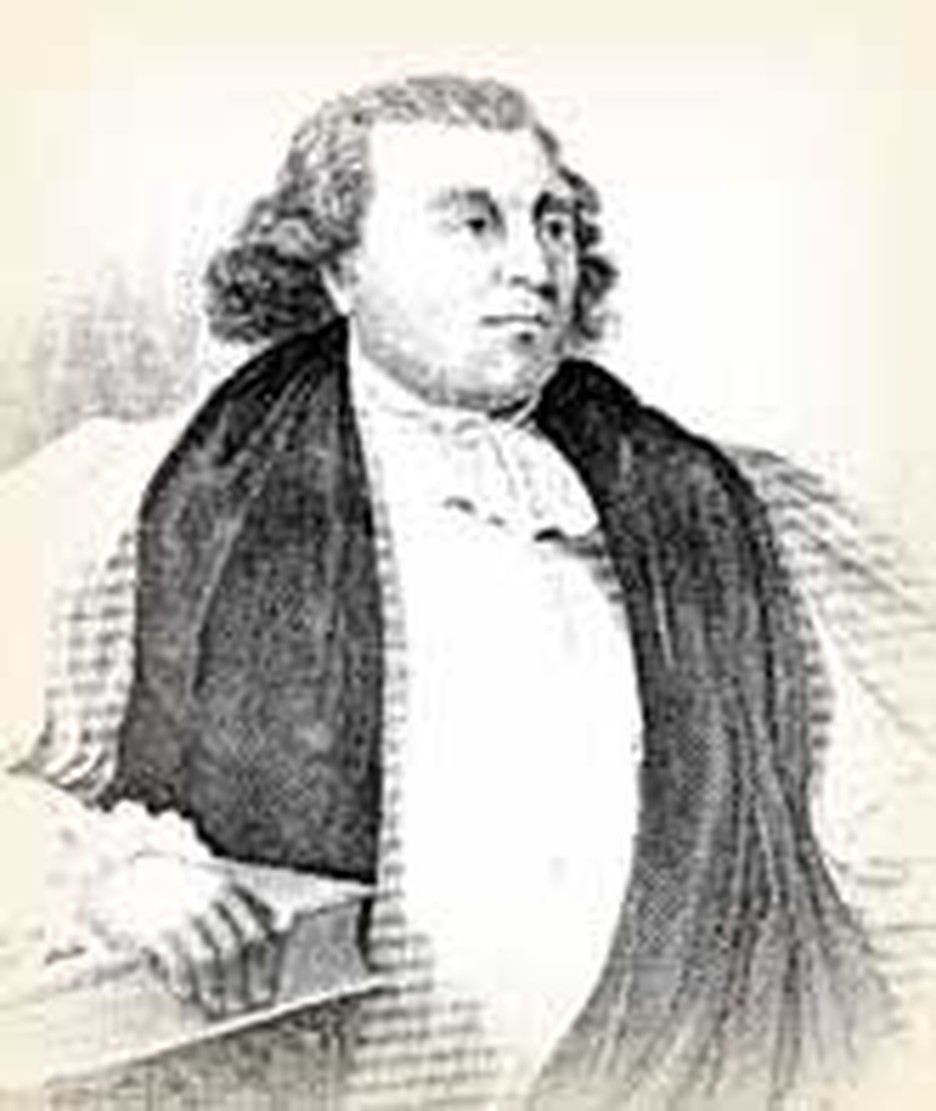
When Britain's former colonies fought their Revolutionary War against the motherland, churches were affected. Most notably, the Church of England in the United States renamed itself the Episcopal Church. But if it were to function, it needed bishops. And if the bishops were to be valid (under the theory of apostolic succession) they must be consecrated by legitimate bishops who had themselves been consecrated by bishops all the way back to the apostles. The problem was, British law forbade consecration of anyone who would not swear loyalty to the crown.
When one of the Episcopal leaders, Samuel Seabury, sailed to England, seeking consecration, the bishops of London refused it. The British cabinet took the position that to consecrate Seabury was interference in the affairs of the United States. What were the churchmen to do?
It was not as if Seabury were a rebel. Quite the contrary; his witty pamphlets against the rebellion and the Continental Congress had so angered the Patriots that they had thrown him into prison. After his release, Seabury escaped to the British lines where he gave valuable information to General Howe's army. Seabury stayed behind the British lines the rest of the war, doctoring the king's soldiers. After the war, he was chosen bishop by Church of England clergymen in Connecticut.
With consecration in England out of the question, Samuel Seabury traveled to Scotland. On this day, November 14, 1784, the Scottish bishops of Aberdeen, Moray and Ross consecrated Samuel Seabury as the first Episcopal bishop of the United States. A few years later, the spirit of charity reasserted itself and London consecrated additional bishops.
Meanwhile, Samuel Seabury returned to Connecticut. Because he had sided with the monarchy during the war, he was never popular in his homeland. And his consecration always seemed tainted, because it had come in the "irregular" church of Scotland, rather than at the hands of the highest leaders of the Church of England. Because the Scottish Episcopalians had refused to swear allegiance to William and Mary (when James II was driven into exile), their church had been given no official recognition by the government and operated under legal disabilities.
Controversy did not stop Seabury from working hard as a bishop, visiting his entire see and opening new churches. His prodigious labor is verified by the fact that he confirmed over 10,000 individuals!
Bibliography:
- Brown, Wallace. The King's Friends; the Composition and Motives of the American Loyalist Claimants. Providence, Brown University Press, 1965.
- Crary, Catherine S., Editor. The Price of Loyalty; Tory writings from the Revolutionary era. New York, McGraw-Hill, 1973.
- Fisher, Sydney George. The True History of the American Revolution. Philadelphia, London, J.B. Lippincott Company, 1902.
- Perry, William Stevens. The Episcopate in America. New York: Christian Literature, 1895. Source of the Image.
- "Seabury, Samuel." Dictionary of American Biography. New York : Scribner, 1958 - 1964.
- Thoms, Herbert. Samuel Seabury; priest and physician, Bishop of Connecticut. Hamden, Connecticutt: Shoe String Press, 1963.
Last updated April, 2007.


